
 Historic Centre
Historic Centre
The biggest and most emblematic historic centre in Latin America, considered one of the tourist centres of the world, and the main cultural tourist destination in the country. But maybe its most important recognition was that of UNESCO in 2007, which declared it part of the World’s Cultural Heritage.
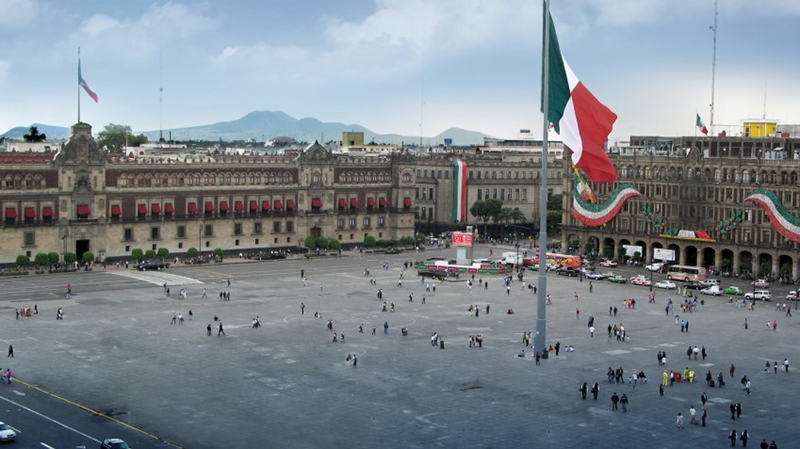
 Teotihuacan
Teotihuacan
This amazing prehispanic city entered the World Heritage List of UNESCO in 1987, for being the oldest city in America; hence the commitment to its protection and preservation. This international recognition not only highlights the aesthetic and historic value of the city, but also the need to preserve and protect the architecture of the ancient cultures of the region.
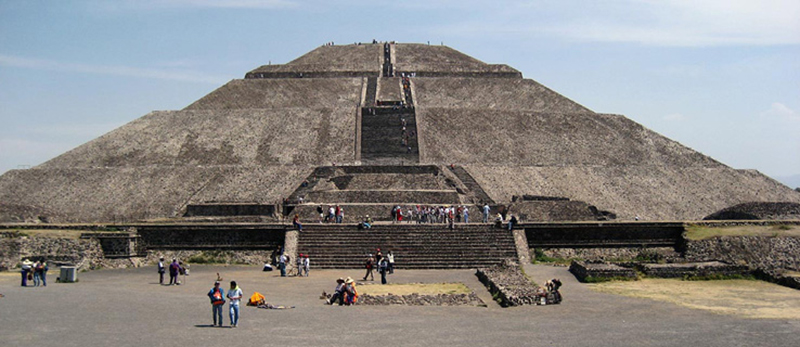
 Paseo de la Reforma
Paseo de la Reforma
From Central Alameda to Chapultepec and beyond runs a huge avenue in the heart of the city dotted with highly symbolic roundabouts, such as: el Caballito (the little horse), la Diana Cazadora (Diana the Huntress), and el Ángel de la Independencia (the Angel of Independence). Surrounded by tall office buildings, hotels and restaurants, it is a very busy, lively place, and a car-free zone every Sunday morning when the avenue is transformed into a giant cycle track, gym and leisure area.
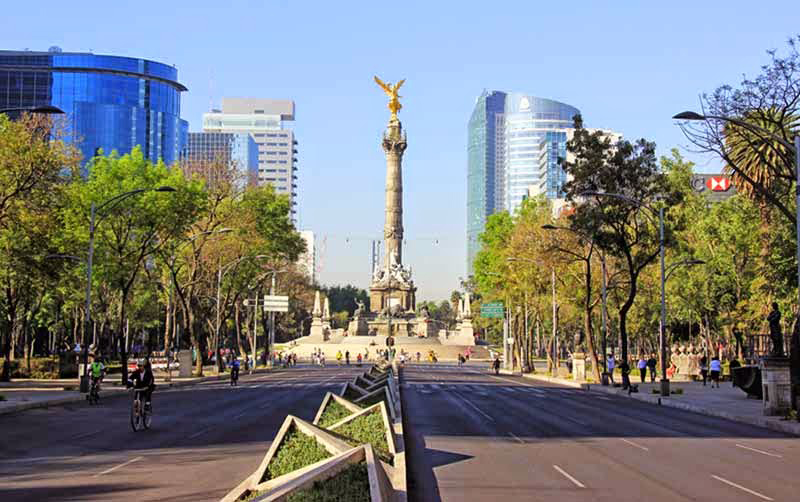
 Xochimilco
Xochimilco
Xochimilco was one of the five lakes that formed a lake area where the Mexicas, who built the Great Tenochtitlan, first settled. Among the people that formed part of this society were the Xochimilcas, a people that adapted to and grew around this lake, while developing an agricultural system that continues to exist today: the chinampería. This traditional method consists of cultivating various crops and flowers in a small area surrounded by water. It is to this that Xochimilco owes its title of UNESCO World Cultural and Natural Heritage site, a title obtained 1987.
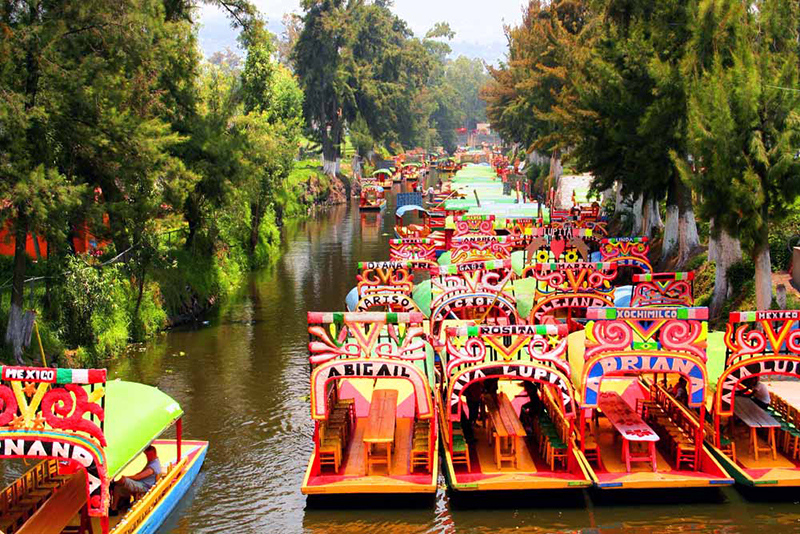
 Coyoacan
Coyoacan
The charm of Coyoacan has captivated artists and intellectuals for decades. You should begin your discovery of this neighborhood by visiting the Casa Azul (blue house), Frida Kahlo’s former home and currently a museum of her most personal universe. Then, take the Centenario Avenue southwards to reach the centre of this legendary neighborhood where you’ll find Jardín Centenario (centenary park) and its well-known Fuente de los Coyotes (coyotes’ fountain). You will find the traditional market just in front of Jardín Plaza Hidalgo, which is in front of Jardín Centenario. This market has a beautiful kiosk and the wonderful San Juan Bautista Parish just after its park, which has a breathtaking interior and a quiet thought-provoking atrium.
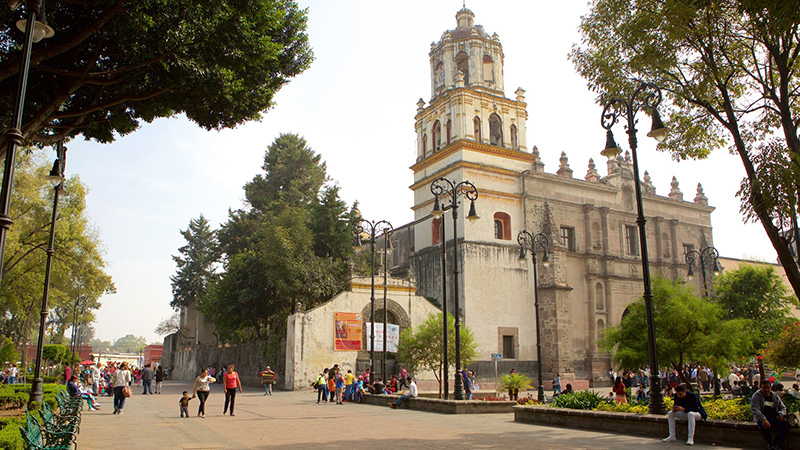
 Polanco – Chapultepec
Polanco – Chapultepec
At first sight, Chapultepec and Polanco seem like opposites, but they are closely connected. Chapultepec, the major lungs of the city, merges with the rest of the city thanks to its collection of cultural centres – mainly Polanco, its most cosmopolitan neighbourhood.
Chapultepec is the big iconic forest of Mexico City, thanks to the Castle, the Zoo and even a graveyard; as well as its lakes, parks and kilometres of trails. Furthermore, it has great cultural and art centres like the Museum of Modern Art, the Tamayo Museum and the National Museum of Anthropology, and together with the National Auditorium and the Studio of the architect Luis Barragán, these are the sights that you must not miss during your stay in Mexico City.
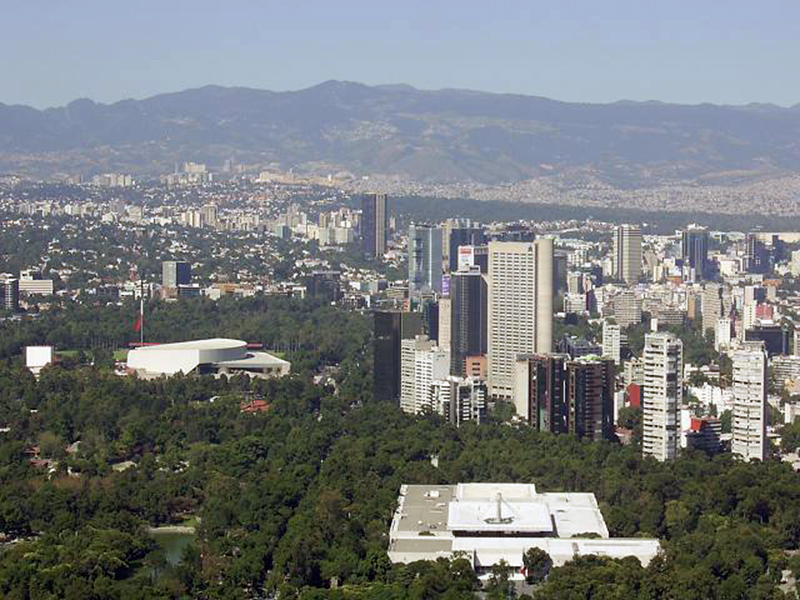
 Museums
Museums
Mexico City is, without a doubt, the cultural capital of the country and one of the cities with the most museums in the world, which makes it a centre for the dissemination of science, culture and art. Among its assortment of museums, the following stand out: Museo Nacional de Antropología e historia, Museo del Palacio de Bellas Artes, Museo Nacional de Arte, Museo Nacional de Historia, Museo Casa Frida Kahlo, Museo Soumaya and Museo Jumex, to name but a few.
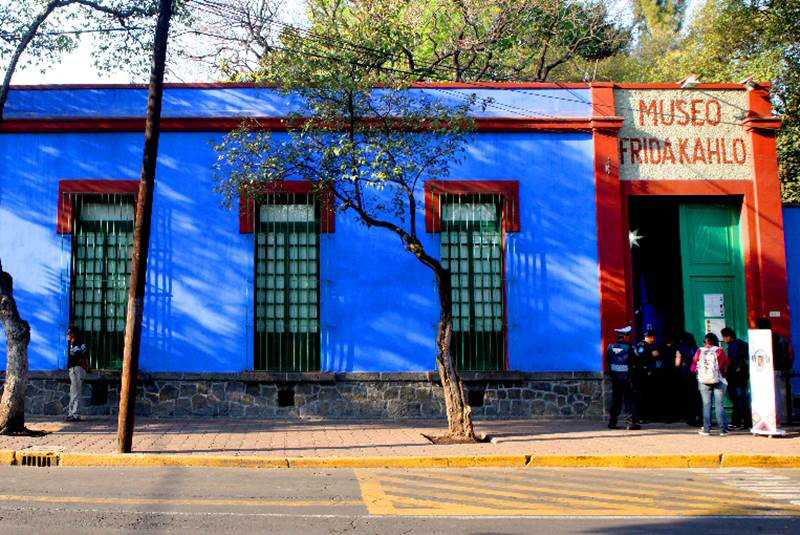
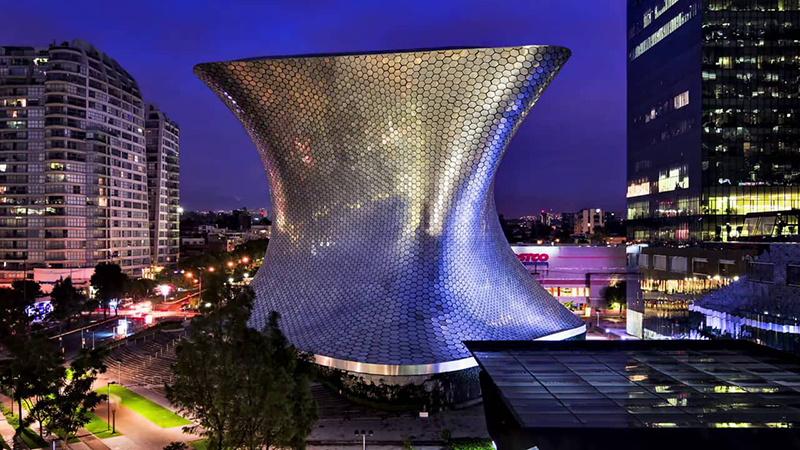
![]()
